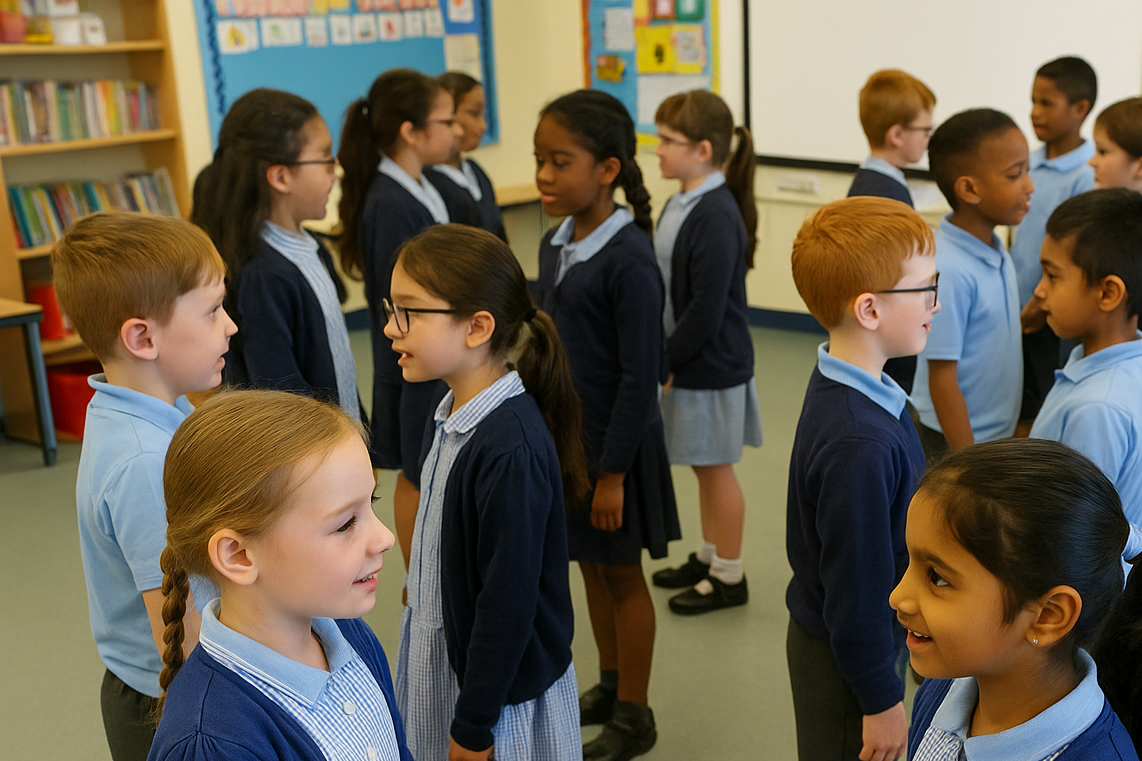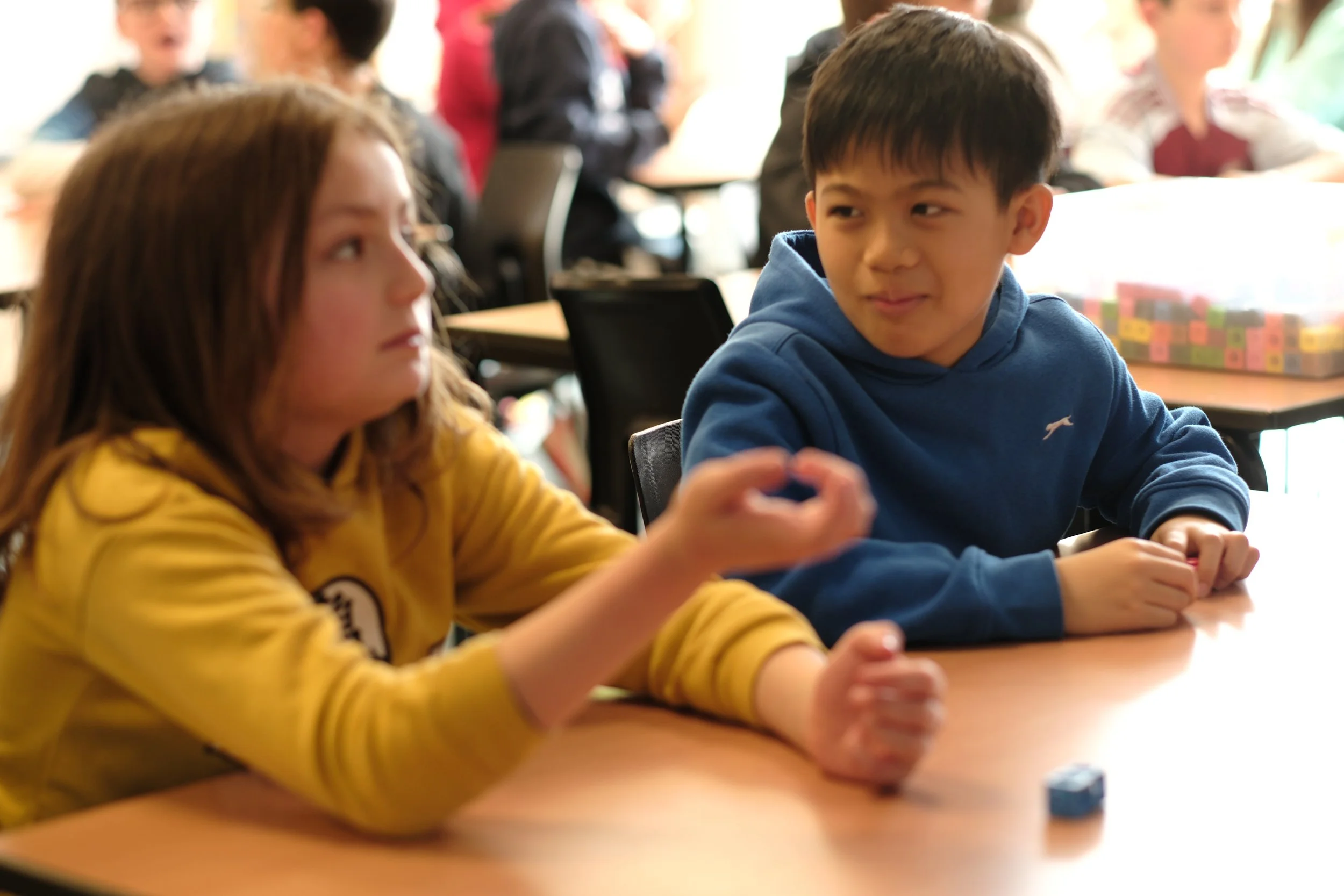
A pile of postcards, cut in half and shuffled; for pair talk, children form a pair with the person who has the other half of their postcard.
I’ve posted before about how children like changing talk partners.
During a recent CPD session, a teacher told me how her class initially fussed and wasted time when she changed pairings for talk - they were used to talking with the same one or two partners.
But she introduced random pairings so that they had the opportunity to work with a range of children and hear different ideas and opinions. And she persisted. She told me that now, her class are not only ok with changing pairings, they actually look forward to finding out who will be their partner.
One quick way to create random pairings is to shuffle a set of cut up postcards and hand them out; the pair talk activity begins by forming a pair with the person who has the other half of your postcard. Children love the fairness and fun of a method like this.
My colleague has also noticed that since regularly using random pairings, the children in her class have expanded their peer relationships and started to make new friends within the class.
Note - even if you decide to start using random pairings with your class, you can still of course create targeted pairs for some tasks. Just make sure the children know when it’s random and when it’s not!
A great way to get students used to talking to different people
How one teacher got everyone thinking, talking, listening and learning
Give pupils the skills and resilience to work with a diverse range of people
Developing children’s communication and relationships by enabling them to talk with lots of different peers.
More pupil voice about the idea of changing talk partners more often.





